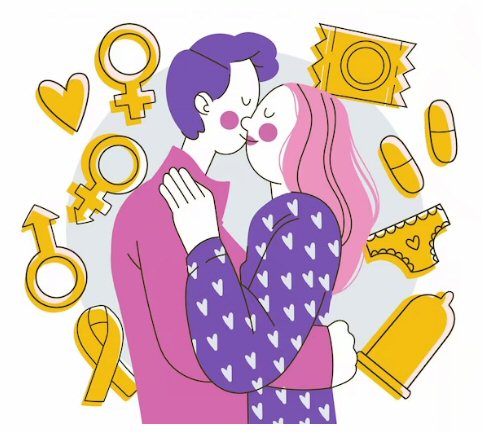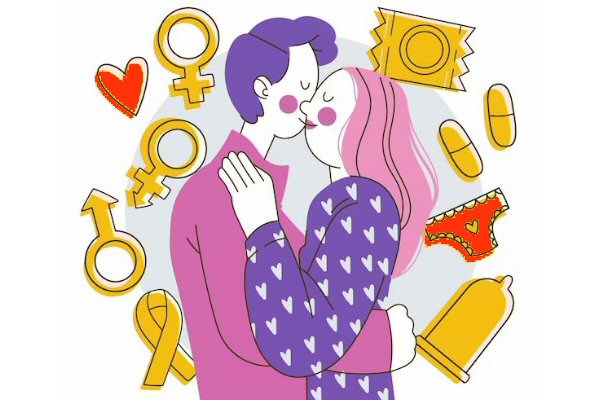A Quick Guide to Understanding Sexual Behaviour
A Quick Guide to Understanding Sexual Behaviour

A quick guide
Sexual behaviour is a complex and integral part of human nature, encompassing a wide spectrum of expressions and desires. It plays a significant role in relationships, self-discovery, and personal identity.
Understanding and respecting sexual behaviour is crucial for fostering healthy interactions and promoting open dialogue. This quick guide aims to provide a concise overview of sexual behaviour, highlighting its diversity and importance.
1. Diversity of Sexual Orientations
Sexual orientation refers to a person’s emotional, romantic, and sexual attraction to individuals of the same and/or different genders. The commonly recognised orientations include heterosexual (attraction to opposite genders), homosexual (attraction to same genders), and bisexual (attraction to both same and opposite genders). Additionally, there are other orientations like pan-sexual (attraction regardless of gender) and asexual (little or no sexual attraction).
2. Consent is Key
Consent is the cornerstone of all sexual interactions. It involves clear, enthusiastic agreement between all parties involved. Consent must be ongoing, revocable, and free from any form of pressure or coercion. It’s important to communicate openly about boundaries, desires, and intentions to ensure that all parties feel comfortable and respected.
3. Gender Identity and Expression
Gender identity refers to an individual’s internal sense of their own gender, which may or may not align with the sex assigned at birth. Gender expression encompasses how a person presents their gender to the world through clothing, behaviour, and appearance. Understanding and respecting diverse gender identities and expressions is essential for creating an inclusive and accepting environment.
4. Safe Sex and Protection
Practising safe sex is crucial to prevent the transmission of sexually transmitted infections (STI’s) and unwanted pregnancies. Using barrier methods like condoms and dental dams can significantly reduce the risk of infection. Regular STI testing and open discussions about sexual health with partners are important steps in maintaining overall well-being.
5. Communication is Vital
Effective communication is the foundation of satisfying sexual experiences. Openly discussing desires, boundaries, and expectations helps ensure that both partners are on the same page. This can enhance intimacy and lead to more fulfilling connections.
6. Sexuality Across the Lifespan
Sexual behaviour evolves throughout a person’s life. It’s important to recognise that age, health, and life circumstances can influence sexual experiences and desires. Understanding these changes can foster empathy and compassion in relationships.
7. Unlearning Myths and Stereotypes
Society often perpetuates myths and stereotypes about sexual behaviour, which can lead to misunderstandings and stigma. Educating oneself about diverse sexual experiences and challenging preconceived notions is essential for promoting tolerance and acceptance.
8. Addressing Challenges
Sexual behaviour can sometimes involve challenges related to communication, desire discrepancies, or personal traumas. Seeking professional help, such as therapy or counselling, can provide valuable guidance in addressing these issues and promoting a healthy sexual life.
9. Online and Digital Interactions
The digital age has introduced new ways of expressing and exploring sexual behaviour, including online dating, sexting, and virtual intimacy. It’s important to approach these interactions with the same respect, consent, and caution as face-to-face encounters.
In conclusion, understanding sexual behaviour goes way beyond the surface level and involves acknowledging the diversity of orientations, identities, and expressions. Building healthy relationships and creating a respectful environment requires active communication, consent, and a willingness to challenge stereotypes.
By embracing this knowledge and fostering empathy, individuals can contribute to a more inclusive and informed society that values the complexity of human sexuality.


























